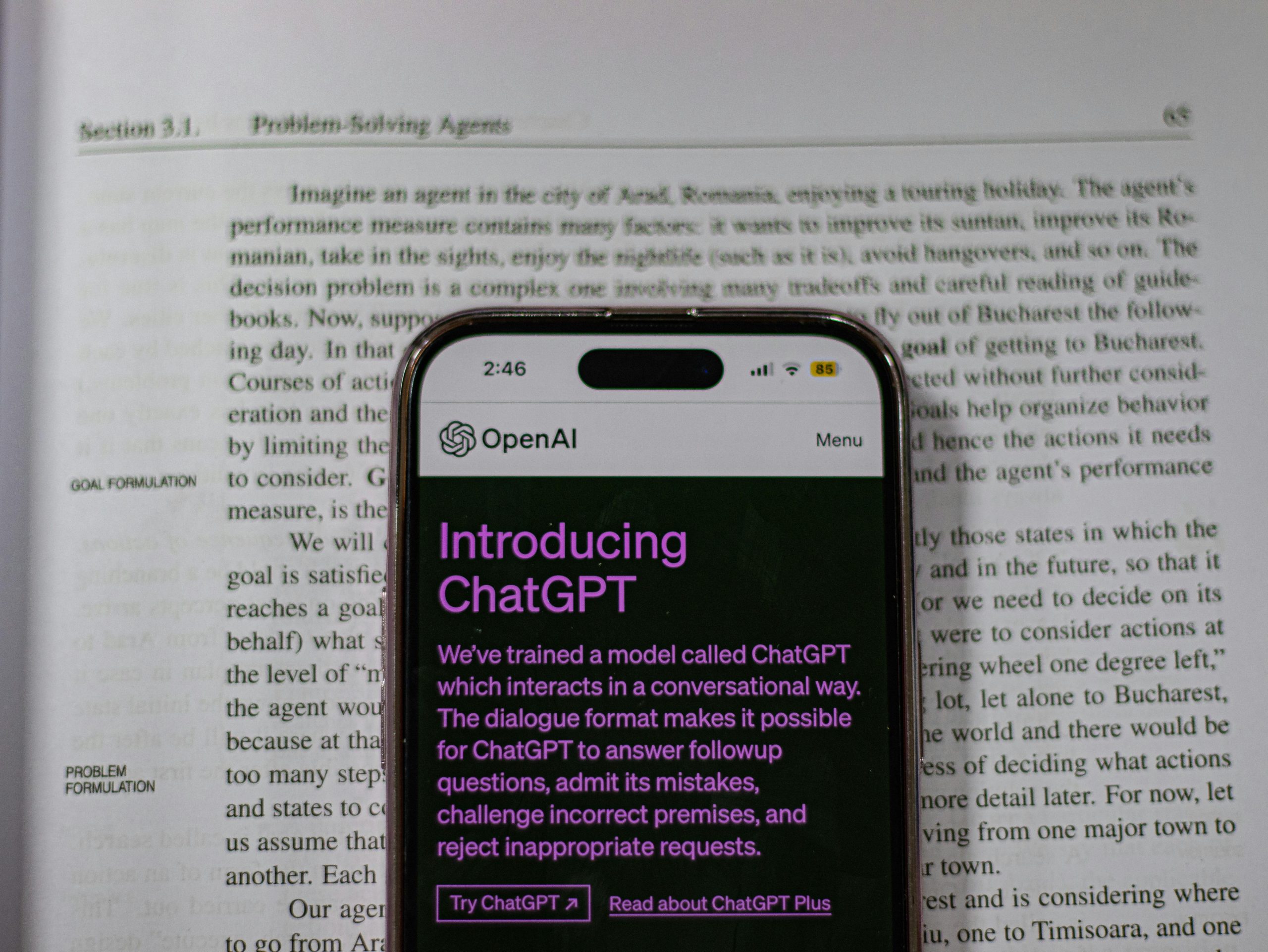
Corporate Governance and Shareholder Scrutiny in the Current Fiscal Cycle
Such a large award places the board’s oversight processes under the microscope. The checks and balances designed to protect shareholder interests are the primary defense against claims of runaway executive enrichment.
The Role of the Compensation Committee in Finalizing the Award
The Compensation Committee is the body tasked with ensuring executive pay aligns with shareholder interests. Their evaluation was clearly favorable: Nadella’s cash bonus reflected results at **117% of target** and an operational assessment at **151.67% of target**. Furthermore, a new measuring stick—security performance—was explicitly used in the evaluation, a direct nod to recent high-profile security challenges. A governance shift is also underway, as the chair of this very committee, Carlos Rodriguez, is not seeking re-election.
Transparency and Disclosure in Executive Pay Reporting
While regulatory bodies mandate extensive disclosure via the annual DEF 14A proxy statement, the complexity often clouds transparency for the layperson. The $96.5 million figure, representing the *grant date fair value* of equity, may be significantly different from the *realized value* if stock prices fluctuate. The explicit disclosure that over 95% of the pay is performance-based, and that it eschews time-based equity, is a key attempt to be transparent about the structure.
Investor Relations Perspectives on Executive Incentivization
Institutional investors, who hold massive stakes, monitor the “Say-on-Pay” votes closely. The board’s defense rests on the structure: tying the *majority* of pay to long-term value creation. While analyst sentiment remains largely positive—many analysts maintain “Buy” or “Overweight” ratings for Microsoft stock, citing continued AI momentum—the optics of massive payouts amid other corporate actions always invite pushback.. Find out more about Satya Nadella $96.5M compensation breakdown.
Broader Implications for Microsoft Sector Talent Acquisition and Retention
When the CEO of a technology bellwether earns nearly $100 million, the reverberations extend far beyond Redmond, directly impacting how the entire sector values and retains its workforce.
Impact on Mid-to-Senior Management Compensation Strategy
The perception of extreme top-end wealth can create internal pressure. Microsoft has a history of preemptively addressing this. Back in 2022, Nadella announced a plan to **nearly double the global merit budget** and increase Annual Stock ranges by at least 25% for employees at the senior director level and below to combat talent poaching. This indicates an established strategy: use significant, targeted compensation increases lower down the ladder to maintain retention and morale, especially when the CEO’s package inflates the earnings ceiling. The recent leaks suggest that for senior technical roles (Level 63 and above), stock compensation already exceeds base salary, meaning internal staff are deeply reliant on equity growth to see substantial pay hikes.
The Ripple Effect on Startup Valuation and Talent Bidding Wars
Every headline about a $96.5 million CEO package serves as a benchmark for the entire ecosystem. Venture capital firms and private companies, when bidding for top engineering or AI product leadership, must calibrate their offers against the potential earnings at a place like Microsoft. This dynamic inflates the expected salary and equity requirements for mid-to-senior management roles across the tech landscape, driving up the cost of scale-up talent for everyone competing against a firm that can pay in stock awards worth tens of millions.
Analyzing the Perception of Extreme Wealth Concentration at the Top
It is impossible to ignore the societal context. This compensation award comes in the wake of Microsoft laying off over 15,000 employees in 2025, a move cited as necessary for efficiency amid AI infrastructure spending. This juxtaposition fuels the classic “pay-layoff paradox,” where record executive wealth is announced shortly after significant workforce reductions. Such disparities become a focal point for discussions on wealth distribution and corporate responsibility, whether it’s the 480:1 CEO-to-worker pay ratio or the moral weight of such earnings.. Find out more about Satya Nadella $96.5M compensation breakdown guide.
The Evolving Narrative Surrounding Technology Leadership Earnings
How this story is told matters as much as the number itself. The narrative shaping the public discourse is a battleground between shareholder advocacy and shareholder value creation.
Public Discourse on Corporate Responsibility and Wealth Distribution
The conversation often shifts from “Is the pay earned?” to “Is this amount responsible?” Critics argue that such leverage over the board allows executives to capture an outsized share of corporate growth, rather than productivity gains being shared more widely across the workforce. The defense, however, is rooted in the shareholder-centric view: Microsoft’s board insists the compensation is structured to **“encourage his continued leadership and drive sustained business growth and shareholder value”**.
Media Framing and Narrative Shaping in Financial Reporting
Financial outlets tend to frame the story through the lens of performance: high pay for AI success. Meanwhile, more critical social commentary tends to focus on the layoffs, the massive stock buybacks ($5.4 billion in tax withholdings settled by repurchases in FY2025 alone), and the widening gap between the CEO and the median employee.
The Philosophy of “Pay for Performance” in the Modern Economy. Find out more about Satya Nadella $96.5M compensation breakdown tips.
Microsoft makes the strongest possible case for this philosophy: over 95% of the target compensation is performance-based, and their equity is almost entirely performance stock awards (PSAs). The logic is simple: if the CEO drives record shareholder return by betting the company on cloud and AI, the reward should be commensurate with that success. This contrasts sharply with the pre-2010s model, where base salary and annual bonuses were far more dominant. Today, the philosophy demands a high-stakes bet on the future: if the stock falters, the executive’s reported annual value plummets.
Strategic Business Performance Underpinning the Significant Pay Increase
A reward of this magnitude must be backed by quantifiable, epoch-making results. The $96.5 million is not just for showing up; it’s for engineering the company’s technological transformation.
Review of Key Financial Metrics Driving Shareholder Value
The numbers are undeniable. For the fiscal year ending June 30, 2025, Microsoft posted:
- Total Revenue: **$281.7 billion**, up 15% year-over-year.
- Net Profit: **$101.8 billion**.
- Stock Performance: Microsoft shares rose approximately **23%** year-to-date, outperforming the S&P 500’s 15% gain.. Find out more about Satya Nadella $96.5M compensation breakdown strategies.
Success Stories in Cloud Services and Artificial Intelligence Integration
The engine room of this growth is well-known: Cloud and AI. Azure revenue surpassed **$75 billion**, marking a 34% year-over-year increase. Microsoft Cloud revenue hit **$168.9 billion**, a 23% increase. The successful integration of generative AI across the entire product stack—from Microsoft 365 Copilot adoption to massive investment in AI infrastructure—is the strategic triumph the Compensation Committee directly rewarded.
Forward-Looking Statements and Future Growth Projections Incorporated into Valuation
Compensation structures rarely look backward exclusively. The $84.2 million in performance equity is as much a retention tool for the next three to five years as it is a reward for the last one. By tying pay to stock, the board incentivizes Nadella to continue executing on future guidance. Analysts are already setting revenue expectations for 2026, implying that the current growth trajectory—though lower than 2025’s AI-fueled spike—is expected to continue, solidifying the long-term outlook that underpins the current valuation.
Stakeholder Reaction and Internal Sentiment Following the Announcement
The news of the compensation package always generates reaction from all corners—employees, analysts, and the wider investing public.
Employee Feedback and Morale Considerations within the Organization. Find out more about Satya Nadella $96.5M compensation breakdown insights.
While the top executives celebrated record compensation, the context of the 15,000+ layoffs earlier in the year creates an undeniable morale challenge. Nadella himself acknowledged that the job cuts were “weighing heavily” on him. For the mid-level management whose own compensation is benchmarked against the company’s commitment to talent (as seen in the 2022 compensation budget increases), the $96.5 million figure can create a perception gap between the stated mission to “empower every person” and the lived experience of cost-cutting.
Analyst Commentary on Sustainable Business Model Viability
Wall Street generally views the structure as sound *if* the performance continues. Analysts have given Microsoft a consensus rating of “Moderate Buy”. The view is that the pay is justified by the success of the AI-cloud flywheel, which remains robust, with some analysts maintaining “Overweight” ratings ahead of the next earnings report. The primary concern shifts from the CEO’s pay to whether the company can sustain the massive capital expenditure required for AI infrastructure without sacrificing margins.
Anticipated Shifts in Corporate Social Responsibility Initiatives
In the wake of a high-profile pay announcement set against a backdrop of layoffs and increased focus on AI ethics and security governance (as noted by the new security metric in the bonus structure), there is an anticipation that Microsoft will increase its public commitments to Corporate Social Responsibility (CSR) and responsible AI development. These actions serve to balance the narrative of extreme internal wealth concentration against external societal contributions.
Navigating Future Compensation Trends and Executive Succession Planning
This latest compensation figure acts as the new high-water mark, influencing strategy for the years to come.
Forecasting Subsequent Years’ Compensation Targets and Structures. Find out more about Microsoft CEO pay structure equity vesting schedules insights guide.
For fiscal year 2026 and beyond, the board will face the challenge of rationalizing any *future* compensation increase against the $96.5 million anchor. Expect targets to remain heavily weighted toward long-term equity, possibly focusing on new metrics like AI model deployment success, responsible AI frameworks, or achieving new market share in nascent technology areas to justify the next bump.
Contingency Planning for Hypothetical Downside Scenarios
While the current structure is heavily weighted toward upside, a major market correction would drastically reduce the *realized* value of the award. The structure inherently contains its own downside protection for the company—if the stock tanks, the CEO’s compensation shrinks accordingly. The board must maintain contingency plans for leadership retention should a downturn force a reduction in equity offerings across the board, which could prompt high-value talent to leave.
The Long-Term Vision for Leadership Tenure and Transition
Satya Nadella is one of the most consequential CEOs of the modern technology era. The board’s investment is designed to ensure his continued tenure to see the current AI strategy through to maturity. This high compensation package is a clear signal of the long-term vision: retaining the architect of the cloud transformation to secure the AI future. The ultimate measure of this tenure will be the stability and clarity left behind during the inevitable leadership transition, a process that will likely see the compensation structure itself as a model for the next leader.
Key Takeaways and Actionable Insights
The $96.5 million compensation package is a comprehensive document written in financial figures. Here are the critical takeaways for anyone monitoring the tech sector today:
- Equity Rules Supreme: The overwhelming factor in executive pay is stock performance. If you’re an investor, focus on the drivers of that stock price—Cloud and AI are the current M.V.P.s.
- Pay-for-Performance is Extreme: Over 95% of the target pay being performance-based sets a clear expectation for hyper-accountability at the top.
- The Talent Ripple: High CEO pay forces competitive firms to raise their own compensation bands to retain mid-to-senior talent, meaning the AI talent bidding war is only heating up.
- Governance is Evolving: Compensation committees are now incorporating non-financial metrics like security performance into their evaluation matrix.
This story isn’t just about one person’s bank account; it’s about the financial calculus of steering a multi-trillion-dollar enterprise through the most significant technological shift since the internet itself. The price of leading the AI revolution is, apparently, ninety-six-point-five million dollars.
What are your thoughts on the pay-layoff paradox playing out at the top of Big Tech? Drop a comment below—let’s discuss the true cost of artificial intelligence leadership.
For more on how compensation structures in the tech industry are evolving, check out our analysis on Modern Executive Compensation Trends in the Mid-Twenties and our deep dive into the Cloud Service Growth and Azure Valuation that justified this award.










